In this new series for IranWire, I’ll tell stories of people who recently left Iran and about what their lives are like now, some of them living in Turkey, others waiting in camps in Greece, and others living in various countries in Europe.
Around the world, an increasingly and overwhelming number of people are leaving their home countries to pursue freedom and basic human rights. They want that new, better life so badly they are willing to take on a journey without really knowing the future. And the stories of people on this journey, or who have reached their destination, seem so unreal they could be mistaken for passages from a novel. Stories full of fear and fury, daring and caution, failures and victories, crying and screams.
We all hear about it in the news, about the dangers of immigration, especially the illegal kind. Headlines — stories with varying numbers of casualties, changing names, and different details — notify us of the tragedy of immigrants who have died. The patterns are the same, as if newsrooms have a template they simply have to fill in or adapt slightly. The initial news is sometimes followed by a list of names, the people who have lost their lives in pursuit of a particular destination.
The one dream they all have in common is to build a new life and to let go of some of the pain they have experienced — a pain that followed them throughout their journeys away from home and into these new worlds. But in recent years, conservative and anti-immigration political parties have gathered steam in western Europe and elsewhere, making the immigration process more complicated, time-consuming — and often nightmarish.
Who are these people? What are their stories? Why do they take on such risky journeys? Why do they go with human traffickers? Or if they don't, what choices did they make in order to escape? Or do they even have a choice? When they get to their destination what happens to them? Who are these human traffickers?
In an effort to answer these questions, and to find out in particular about the lives of Iranian immigrants, I decided to take a journey. I traveled in reverse, from the northern regions of France to the border between Iran and Turkey.
The Dangers Asylum Seekers Face Trying to get to Europe
In 2017, the European Commission called for the EU to adopt an emergency relocation plan to help support countries taking in the highest number of asylum seekers, and to encourage other countries to accept some of these migrants. In recent years, Greece and Italy have taken in more immigrants than other countries simply because of their locations, and the fact that they border on waters that migrants travel across to reach Europe. But by mid-November of that year, according to the Commission, only 7,224 asylum seekers had been relocated to other EU countries.
According to the Dublin Regulation, immigrants must stay and be processed in whatever member European country in which they first arrive. Even if they reach another country, they will be sent back to the first country they entered. In July 2017, the European Court of Justice upheld the Dublin Regulation, which allows countries to turn away migrants at the first country they arrive in within the EU.
In May 2018, the Guardian published a list of asylum seekers who lost their lives during their attempts to migrate to Europe. According to the list, which was compiled by the network United for Intercultural Action and covers the period from 1993 to May 2018, 34,361 people lost their lives due to European policies, including “border closures, asylum laws, accommodation, detention policies, deportations, [and] carrier sanctions.” Iranians were among them.
European countries’ general unwillingness to accept more immigrants and their adoption of stricter immigration laws, along with the confusion that comes with organizing such massive numbers of immigrants, have strengthened the human trafficking business. As the Human Trafficking Center based at the University of Denver puts it, “anti-migration policies against smuggling are pushing refugees into the hands of traffickers.”
Immigrants have lost their lives on the borders of non-EU European countries, including Turkey, Romania, and Serbia, after being shot by border patrols. Others have been left behind or lost their lives at sea while making their way from Turkey or Greece. Yet others committed suicide in their destination country after their cases for asylum were rejected and they faced deportation (the United for Intercultural Action list reveals a number of Iranian refugees who took their lives). Others, having survived the boat trip and attacks from border agents, lost their lives while being transported or making their way across land. For example, some migrants died after falling out of trucks or being hit by trains while walking along or falling onto tracks.
A glimpse of what it's like to make the difficult journey from Iran to Turkey
In the Jungle of Calais, and Iranian Migrants in France, Austria, Turkey and Greece
I went to the “jungle” of Calais and Dunkirk disguised as an immigrant. Many people hoping to make a life for themselves in the United Kingdom live in the streets here, under bridges, or in woodland areas. I talked to human traffickers and to immigrants planning to travel to the UK. Human traffickers told me they charge immigrants somewhere between £2,000 and £4,500 (between US$2,600 and $5,800) for a trip to the UK in a commercial truck. But there were also instances of trips costing up to £12,000. These immigrants arrive in Calais by air, sea, or over ground using fake identities and documents. They arrive exhausted but full of hope. And yet it’s a hope that must be stretched to months or even years before they can make it across the border, if they can at all.
Among those trying to reach France, some came through the borders of Germany and Austria, some went by sea from Greece to Italy and then on foot or by train to France. Many had to leave whatever possessions they had behind in the middle of the trip or even change their destination because of the Dublin Regulation.
I traveled to Austria to visit refugee camps in Salzburg. I met Iranians staying there, some because they got caught and had no other option but to stay, and some who were there due to the exhaustion of the journey they had already endured. They had similar stories of hardship, danger and unexpected situations, and many of them talked about what they had endured in Turkey and Greece. After meeting with them, I headed for Greece and then Turkey.
Trucks transport people as they travel from northern Turkey and Europe and back again
Most Iranian immigrants chose to leave the country via Iran’s western borders, from cities like Urmia, Marivan, or Khoy. Human traffickers in this region usually know the border patrols and transport their “clients” in coordination with them. Immigrants wait in houses operated by traffickers until it’s their turn to go to Van, Turkey — and even hearing the name of the city instills fear among many asylum seekers. People who told me their bitter memories of temporary residence in Van talked about being made to walk for hours, sometimes for more than 20 hours straight, about the dangers of avoiding border patrols and police officers, and traveling along perilous mountainous paths in either extremely hot or cold weather, even when they suffered numbness or other physical ailments. Many of them reported having had close encounters with death.
Asylum seekers passing through Turkey face greater difficulties every day. They make their way overland from the northern borders by truck or by walking, or by sea in overloaded or badly-constructed boats. Some opt to travel via airplane, although it’s getting harder and harder to travel this way, especially after the 2016 coup in Turkey. Still, some take the risk and board airplanes using fake passports. If they get caught, they will be sent to refugee camps with horrible conditions.
I talked with dozens of Iranians in Greece, visited the refugee camps in Athens and Lesbos island, many of them in the Lesbos capital city of Mytilene on the port, and shared meals with them. I saw firsthand these refugees’ huge struggle for survival. No matter what way a refugee enters Greece, they face long waits and harsh conditions.
When refugees enter Greece, they are required to present themselves at police stations. After initial registration, they are sent to camps, but there have been cases of refugees being imprisoned after being registered. Some Iranian immigrants have spent more than 20 months in prison cells, watching their cellmates die in front of their eyes due to lack of sanitation and medical care. Camps do not receive the funding they need, not least because Greece continues to face ongoing economic problems. As a result, conditions in these camps can be very poor. I met immigrants who were staying outside the camps under the sun and rain in their own tents even though they were officially registered. One rising problem in camps is the rise of hepatitis C, and I met many people with the virus, including pregnant women and newborn babies.
After spending some time in a prison or a camp, many of these immigrants are asked to leave and are left to fend for themselves in the streets. Homeless people, refugees among them, are a common sight at some of Greece’s most visited tourist attractions, and in other cities. After a while, many of them continue on their journeys, and human traffickers often facilitate this.
Border Patrols, Violence, Waiting
Some asylum seekers or migrants have small amounts of money, and so they might be able to travel by plane, but it’s of course more affordable to travel by sea, to Italy, or overland to Macedonia, Serbia, Slovenia and sometimes Serbia and Hungary.
Some of the most terrifying stories are of how the border patrol agents in these countries treat illegal immigrants. Some refugees abandon their journeys or change their routes after hearing these stories. Besides the verbal abuse and insults, some border patrol agents use violence against refugees, or use dogs to intimidate and attack them. In August 2018, I witnessed asylum seekers trying to reach Europe via Serbia and Bosnia being beaten and badly injured by those countries’ border patrols.
For almost everyone, there’s the waiting, day and night — whether it’s for human traffickers or for the Greek government, they are forced to wait, sometimes for years.
When exhausted, injured, ill and badly treated immigrants reach their intended European destinations, whether it’s Austria, Germany, Italy, France, or the UK, they face new obstacles and threats — and again, are forced to wait. Once in a refugee camp, they don’t know how long they will be kept there.
Athens, temporary home to many migrants entering Europe, by night
There can often be clashes between asylum seekers from different countries or disputes along tribal lines. Sometimes violence breaks out, and occasionally, lives are lost in this way too. Iranian refugees are fewer in numbers compared to Arab and Afghan immigrants, which can make them vulnerable. I spoke to some Iranians who said they had often become involved in fights without wanting to, and sometimes these ordeals even resulted in time in prison.
As well as enduring other types of violence, women refugees often also experience sexual harassment and abuse, as do people from LGBT communities. Although many of them were willing to talk about their experiences, above all, kids were the most honest narrators of the stress and pain they experienced throughout their journeys as refugees. I also heard other stories, of families torn apart — or love stories that emerged during the journey. I heard the stories of single people who suffered because they had no one to care for them when they needed it most.
Eventually, when these exhausted and often damaged refugees reach their destinations, they face new pressures, and new expectations. Often they are expected to turn into model citizens, usually after taking a few cultural orientation courses, as if this would be enough to transform them after spending months in camps and enduring violence and intimidation. And at the same time, European governments continue to make their immigration laws stricter and more complicated, while insisting that they have humanitarian values at the heart of their systems. The reality is that these laws help fuel the human trafficking industry, and asylum seekers live in constant fear of deportation, humiliation and discrimination. And it would appear there is no solution — not for the refugees who are the most vulnerable victims of human trafficking, and not for the European governments that are tasked with providing them with the liberty, freedom, and human rights of which they have always dreamed.
visit the accountability section
In this section of Iran Wire, you can contact the officials and launch your campaign for various problems




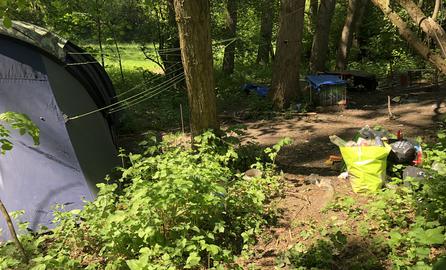

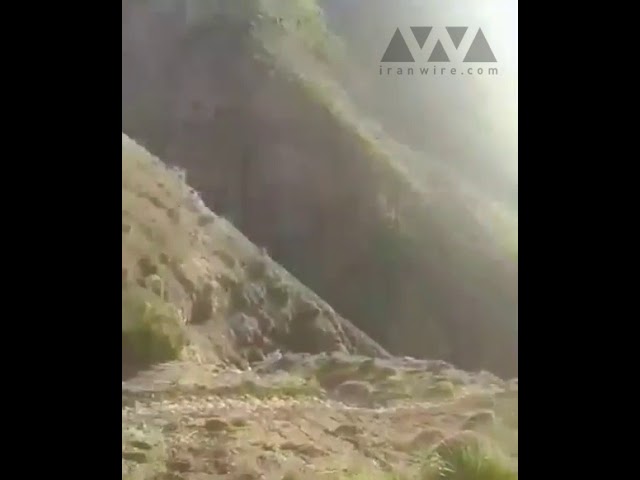
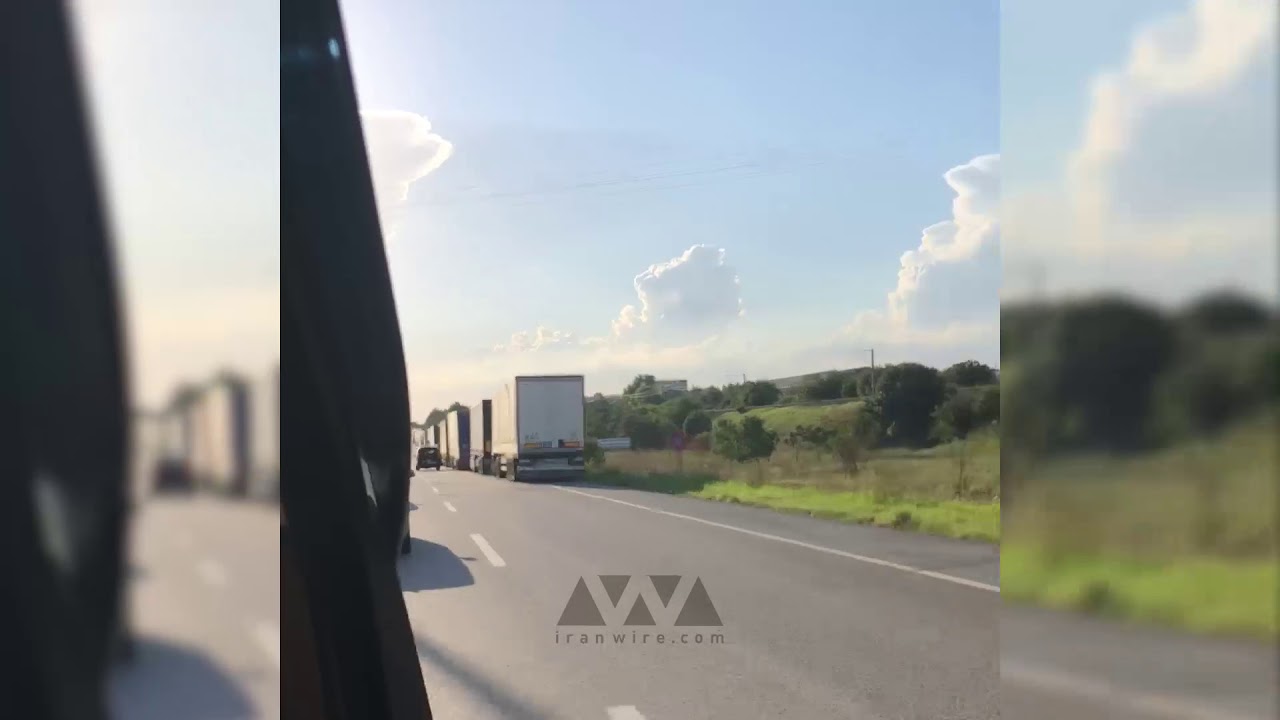
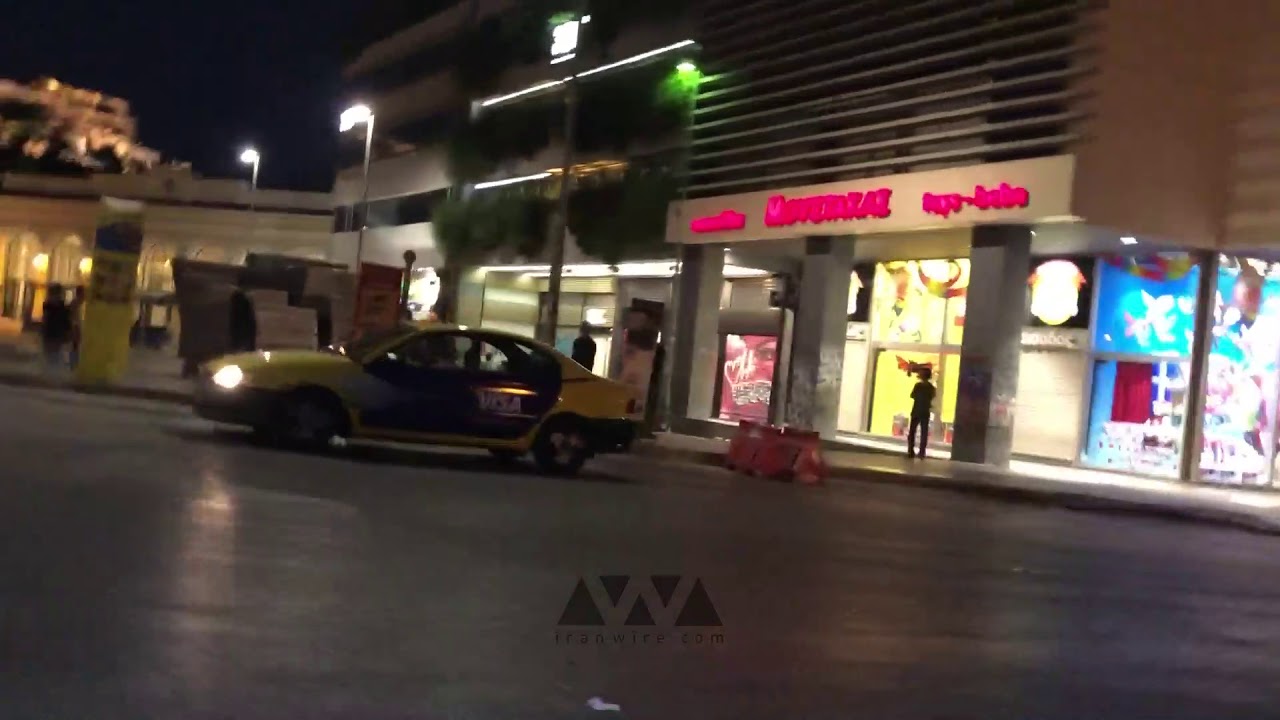



















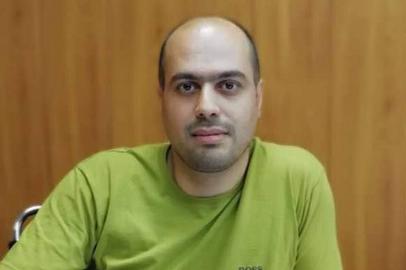
comments